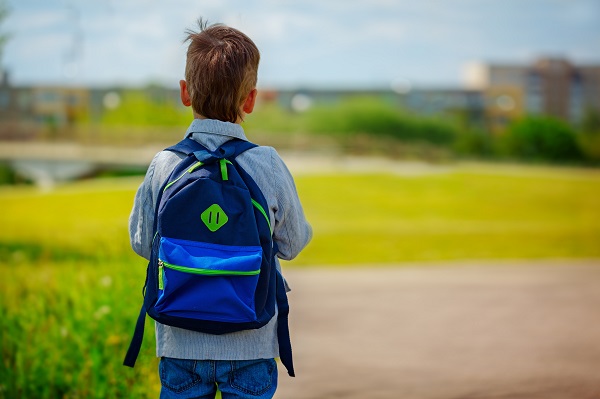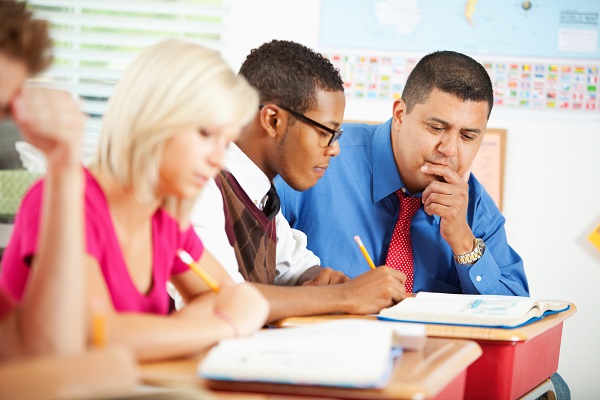
What is the additional value of working as a Community of Learning | Kāhui Ako? Carolyn English, professional learning services manager with CORE Education, explains…
The education minister’s new school year release said, “This is an exciting year for education. I’m particularly looking forward to announcing the formation of more Communities of Learning/Kāhui Ako as the year progresses. Already more than half a million kids are benefitting from their school being part of one of the 180 communities across the country”.
This means there are many leaders, teachers and board members working out shared achievement challenges, action plans and how they can collaborate across organisations.
Collaboration focused on the improvement of teaching and learning is one of the highest-yielding strategies to boost student, school and system performance. The research on the power of collaborative cultures to get results has been accumulating for more than 40 years. It points to the power of social capital – the agency and impact of strong and effective groups – to improve student learning.1
We all know the value of collaboration, we also know that aspects of it are very complex, complicated and sometimes feel chaotic – especially at the initial phase. Existing experiences and beliefs about collaboration and what to collaborate on are brought to the kaupapa (purpose) and mahi (work). As a result, issues emerge, or re-emerge.

Professional collaboration can occur in any learning setting – between teachers within a school and between teachers across schools. The concept of teacher collaboration across schools is not new – it has been a key feature of schooling improvement in New Zealand. Schooling improvement work focused on improving capability: instructional, organisational and evaluative, through inquiry. What we learnt about ourselves in this work was summarised in Weaving Evidence, Inquiry and Standards to Build Better Schools2. A key finding was that often teachers and learners were not aware that they were part of the change.
The key differences with that work and Communities of Learning is that Communities of Learning have been intentionally designed with learners and teachers central to the change process. Communities of Learning are designed:
around learner pathways – looking at collaboration based on the proportion of young people folowing particular institution pathways from early years, through primary schools into secondary and beyond is new.
for networking teaching and learning, and as Tony McKay (deputy chair of the Education Council) pointed out to a group of Communities of Learning leads in Wellington, July 2016, this is far more significant than hoping people will collaborate. Instead, there are now roles and structures in our system to support teachers to develop solutions together using shared theory and research and spread what works well so more students experience success.
What is the additional value of working as a Community of Learning | Kāhui Ako?
If communities are to realise their potential for enhancing the performance of the education system, they will need to provide additional value to the work of the individual schools, kura and early year settings within their Community of Learning. To stay strategic and purposeful steering groups need to continuously ask two questions:
What can our Community of Learning do more effectively than a single school/kura/ECE?
How can our Community of Learning leverage the collaboration to extend and enhance children’s and young people’s learning?
Some initial ideas about networked collaboration came from workshops with principals in 2016. These ideas are now being designed up for the Ministry of Education’s Smart Tools for Communities of Learning | Kāhui Ako. The ideas for strategic and purposeful collaboration were:
develop shared expectations at key transition points to enable students to move more seamlessly through their education
build and sustain strong and purposeful community relationships
use these profiles and relationships to design and orchestrate rich future focused learning opportunities for all children and young people
plan for systemic collaborative inquiry with a direct line of sight to the goals and ambitions of the community.

Shared learner profiles
“Learner profiles are descriptions that provide aspirational markers of progress for learner cohorts at key transition points across a Community of Learning. The profiles include learning dispositions, competencies, literacy and numeracy and the wider curriculum knowledge that a Community of Learning considers to be critical and valuable at each phase of learning.”3
Imagine early years’ teachers coming together to identify the learning dispositions, competencies, knowledge and skills they are responsible for nurturing in learners. These teachers talk with teachers of years one to three students from all the schools in the Community of Learning who have undertaken a similar exercise. Imagine the rich conversations they might have about the critical elements of these learning dispositions, competencies, knowledge and skills at the transition point. And imagine if, before these conversations had started, these same teachers had talked with iwi, family and whānau about their expectations of their tamariki at this transition time, how much richer the teacher conversations would be. There would be a sharing of curriculum, discussion of learning opportunities, and debates about what really is important. And of course there would be curriculum documents that they would use to guide these discussions. These conversations would involve a lot of reflecting on and responding to questions such as:
How good are our learning experiences? What evidence would we use to know?
How ambitious are our teaching practices?
How can we work better with each other across transitions at each phase of learning?
Imagine if similar conversations were happening between teachers of years one to three students and teachers of years four to six students; teachers of years four to six students and teachers of years seven to eight students; teachers of years seven to eight students and teachers of years nine to ten students; teachers of years nine to ten students and teachers of years 11-13 students; teachers of years 11 – 13 students and representatives of tertiary training and education, local business and industry. At each transition the conversation would be guided by earlier conversations with iwi, family and whānau.
The learner profiles developed from these conversations would help students and all who support their learning -teachers, parents, whānau, the Community of Learning and the wider community – to have a clear shared view of important markers of progress. These profiles can be the indicators of success. They would help:
students see where they have come from, where they are going to and some of the learning they can look forward to
teachers see whether the learning opportunities they provide are rich enough to enable all young people to experience success
leaders see whether the support they provide teachers is extensive enough to build collective capability: instructional, organisational and evaluative, through inquiry so that more young people experience success.
In the past some of these conversations have happened in pockets. There has not been a systematic way of developing learner profiles for all transition points through a local education pathway. Communities of Learning provide the structures to do this. The Community of Learning Smart Tool will help summarise these conversations, but nothing will enrich relationships more than kanohi ki te kanohi (face to face) conversations about what is considered to be critical and valuable at each phase of learning. Through the process of learner profile development teachers, iwi, family, whānau and the wider community can become deeply involved in developing a rich future focused local curriculum that is based on relationships. By ensuring critical conversations with all stakeholders are integral to the overall strategic approach Community of Learning leaders can deliberately design for the power of social capital.
REFERENCES:
1. M., Rincon-Gallardo, S., &; Hargreaves, A. (2015). Professional capital as accountability. Education Policy Analysis Archives, 23 (15), 1–22.
2. Timperley H. & Parr J. (2010). Weaving Evidence, Inquiry and Standards to Build Better Schools. NZCER Press Wellington.
3. Baker R. & Chamberlain M. (Unpublished) Background paper for the Community of Learning | Kāhui Ako smart tools.
Carolyn is CORE Education’s professional learning services manager, and is regularly asked to consult with education policy makers and government agencies regarding the future directions of New Zealand educational policy and practice. Carolyn’s background is national evaluation and assessment, leadership of national professional learning and school improvement, and curriculum.






